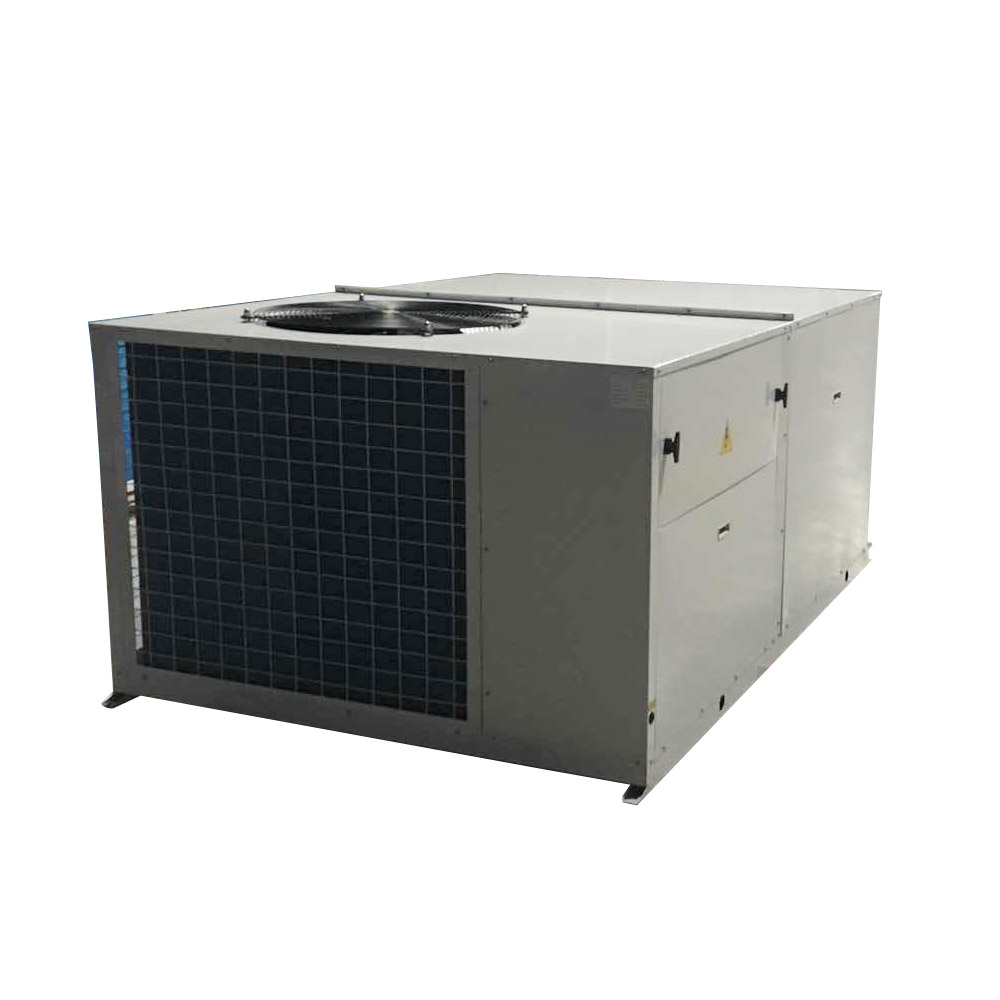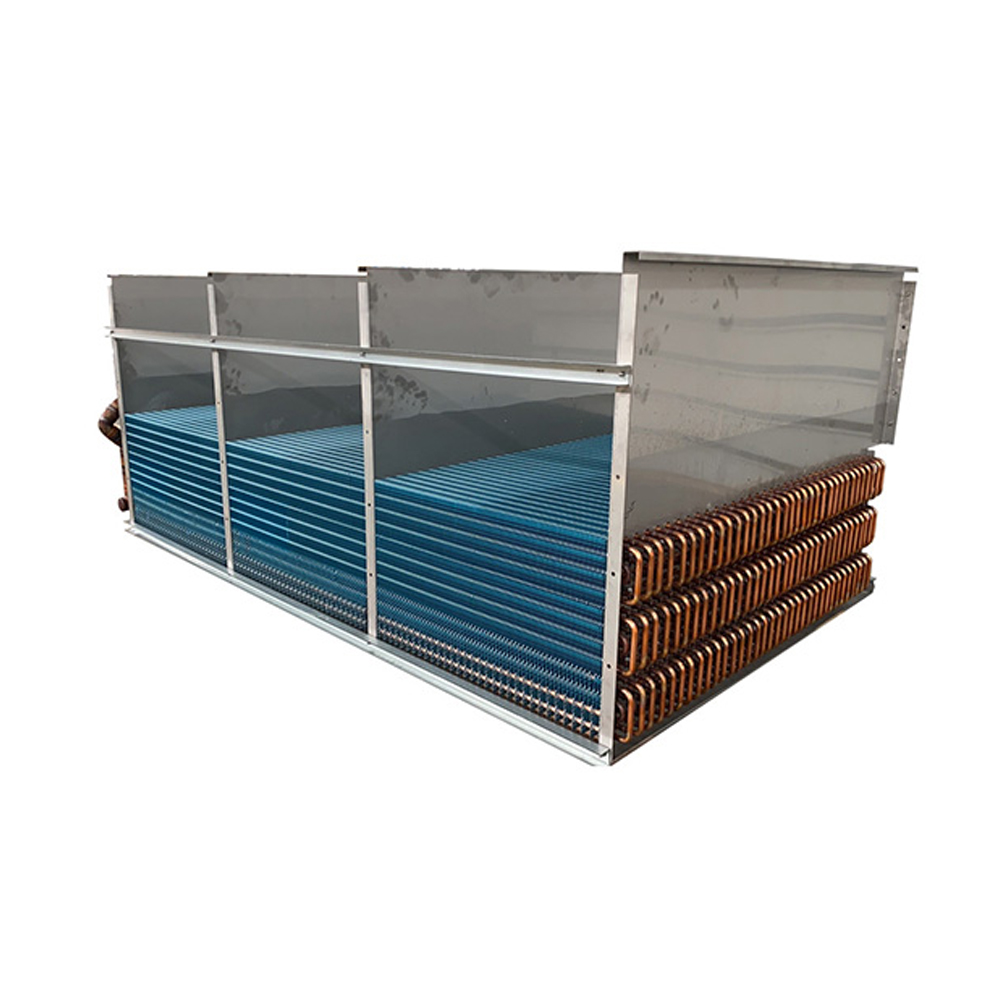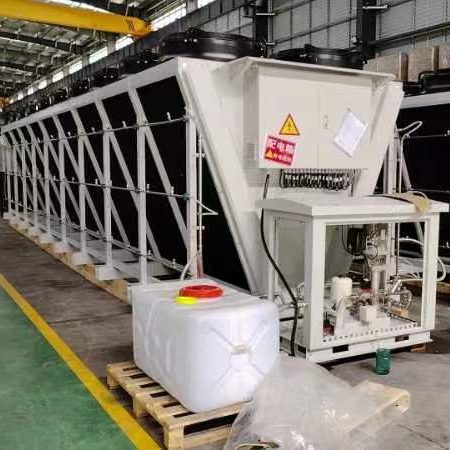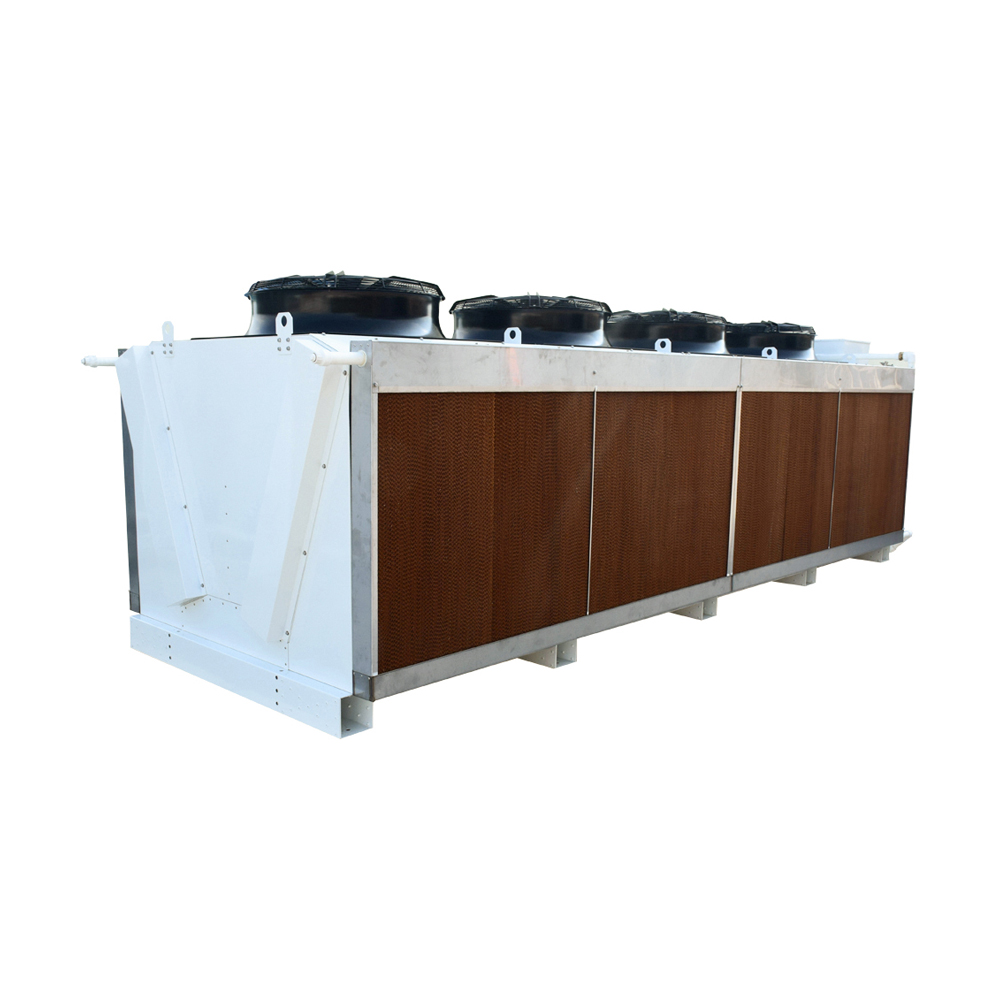Fiks koki ak echanjeur chalè tib: yon gid konplè
Gid sa a bay yon BECA detaye sou Fiks koki ak echanjeur chalè tib, covering their design, operation, applications, and maintenance. We’ll explore the various types, advantages, disadvantages, and crucial considerations for selecting the right exchanger for your specific needs. Learn how to optimize performance and extend the lifespan of your Fiks koki ak echanjeur chalè tib.
Konprann kokiy fiks ak echanjeur chalè tib
Ki sa ki kokiy fiks ak echanjeur chalè tib?
Fiks koki ak echanjeur chalè tib are a type of heat exchanger where one fluid flows through a bundle of tubes fixed within a shell. The other fluid flows across the outside of the tubes, facilitating heat transfer between the two fluids. The fixed designation refers to the tube bundle, which is not removable for cleaning or maintenance, unlike U-tube or floating head designs. This simplicity makes them cost-effective for many applications.
Kalite kokiy fiks ak echanjeur chalè tib
Pandan ke prensip debaz la rete menm jan an, varyasyon egziste nan Fiks koki ak echanjeur chalè tib designs. These variations influence their performance and suitability for different applications. Common variations include those with longitudinal baffles, transverse baffles, or no baffles at all. The choice depends on factors such as the viscosity of the fluids, pressure drop requirements, and heat transfer efficiency.
Avantaj nan kokiy fiks ak echanjeur chalè tib
Fiks koki ak echanjeur chalè tib offer several advantages: They are relatively simple to design and manufacture, making them cost-effective. Their robust construction allows them to handle high pressures and temperatures. They are well-suited for applications involving corrosive or fouling fluids, although cleaning can be more challenging than in other designs. Furthermore, they offer excellent heat transfer efficiency when properly designed.
Dezavantaj nan kokiy fiks ak echanjeur chalè tib
Malgre avantaj yo, Fiks koki ak echanjeur chalè tib also present some limitations. Cleaning and maintenance can be difficult due to the fixed tube bundle. This can lead to increased downtime and potential for fouling to reduce efficiency over time. Furthermore, the design may not be ideal for applications requiring frequent access to the tubes for inspection or cleaning. Replacement of individual tubes is also more challenging compared to other heat exchanger types.
Aplikasyon nan kokiy fiks ak echanjeur chalè tib
Endistri lè l sèvi avèk kokiy fiks ak echanjeur chalè tib
These heat exchangers find broad application across diverse industries. Examples include the chemical processing industry, refineries, power generation, HVAC systems, and food processing. Their versatility and ability to handle various fluids and operating conditions contribute to their widespread adoption. Shanghai SHENGLIN M&E Technology Co., Ltd. (https://www.shenglincoolers.com/) se yon founisè ki mennen nan-wo kalite Fiks koki ak echanjeur chalè tib, specializing in customized solutions for a wide range of industrial applications. Their expertise ensures optimal performance and longevity for your equipment.
Aplikasyon espesifik ak konsiderasyon
Seleksyon an nan yon Fiks koki ak echanjeur chalè tib is heavily dependent on the specific application. Factors to consider include the fluids involved (their properties, flow rates, and temperatures), the required heat transfer rate, pressure drop limitations, and the overall process requirements. Careful consideration of these factors ensures optimal performance and efficiency.
Konsepsyon ak konsiderasyon seleksyon
Paramèt konsepsyon kle yo
Plizyè paramèt konsepsyon enpòtan enfliyanse pèfòmans lan ak efikasite nan yon Fiks koki ak echanjeur chalè tib. These include tube diameter, tube length, shell diameter, baffle spacing, and the number of tubes. Proper design optimization requires considering the trade-offs between heat transfer area, pressure drop, and cost.
Materyèl nan konstriksyon
The choice of materials for the tubes and shell is critical, depending on the fluids being handled and the operating conditions. Common materials include carbon steel, stainless steel, copper, and various alloys. Selection depends on factors such as corrosion resistance, temperature limits, and cost.

Antretyen ak operasyon
Netwayaj ak pwosedi enspeksyon
Netwayaj regilye ak enspeksyon yo enpòtan pou kenbe efikasite a ak validite nan yon Fiks koki ak echanjeur chalè tib. While cleaning can be more challenging due to the fixed tube bundle, various methods exist, including chemical cleaning and mechanical cleaning. Regular inspections help identify potential problems early on, preventing major breakdowns.
Depanaj pwoblèm komen
Understanding potential issues and their causes is essential for effective troubleshooting. Common problems include fouling, leakage, and corrosion. Effective maintenance practices and regular inspections can help mitigate these issues and extend the lifespan of your equipment.
Konparezon ak lòt kalite echanjeur chalè
| Patikilarite | Koki fiks ak tib | U-tib | Tèt k ap flote |
| Netwayaj | Difisil | Pi fasil | Pi fasil |
| Antretyen | Pi konplèks | Relativman senp | Relativman senp |
| Koute | Pi ba pri inisyal la | Pi wo pri inisyal | Pi wo pri inisyal |
This table provides a simplified comparison. The best choice depends on specific application requirements.
Sonje toujou konsilte avèk yon enjenyè ki kalifye pou konsepsyon ak seleksyon yon Fiks koki ak echanjeur chalè tib for your specific application. Proper design and maintenance are crucial for ensuring optimal performance and safety.















